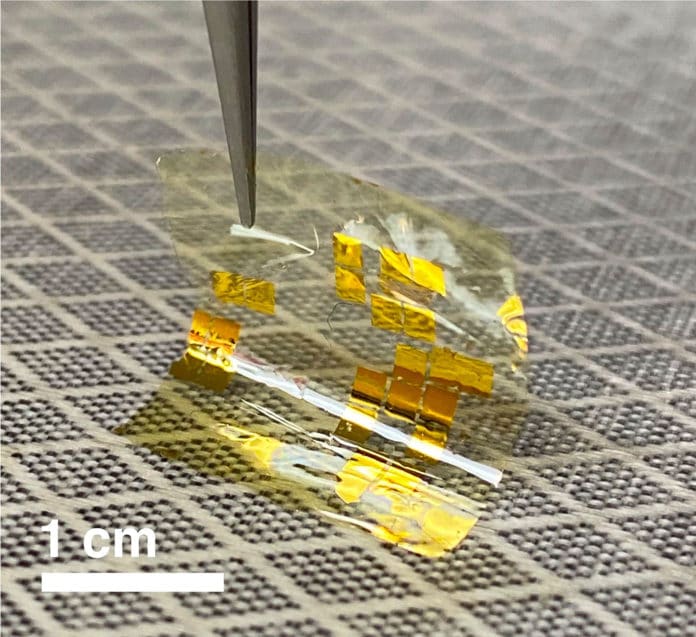We’ve noted here recently that early (and even current) examples of solar-powered aircraft suffered from the low efficiency of the panels that collected sunlight to power them. The panels add weight, and so far, nobody’s flying with more than 29-percent efficiency. What if a different approach, using ultra-thin solar cells covered the entire aircraft? That’s the possibility with Stanford University’s “new, ultrathin photovoltaic materials.” Your Editor’s take on this is that 5.1-percent efficiency now offered by the Stanford solar cells could be applied by wrapping the entire plane, much like car customizers wrap high-end automobiles. That’s occurred to researchers. “Imagine an autonomous drone that powers itself with a solar array atop its wing that is 15 times thinner than a piece of paper,” said Koosha Nassiri Nazif, a doctoral scholar in electrical engineering at Stanford and co-lead author of a study. “That is the promise of TMDs.” TMDs refers to Transition Metal Dichalcogenides. This material is composed of a so-called …
Tag Archive
Below you'll find a list of all posts that have been tagged as “autonomous drones”

